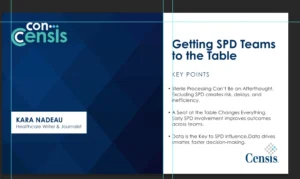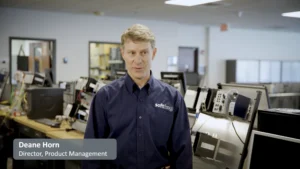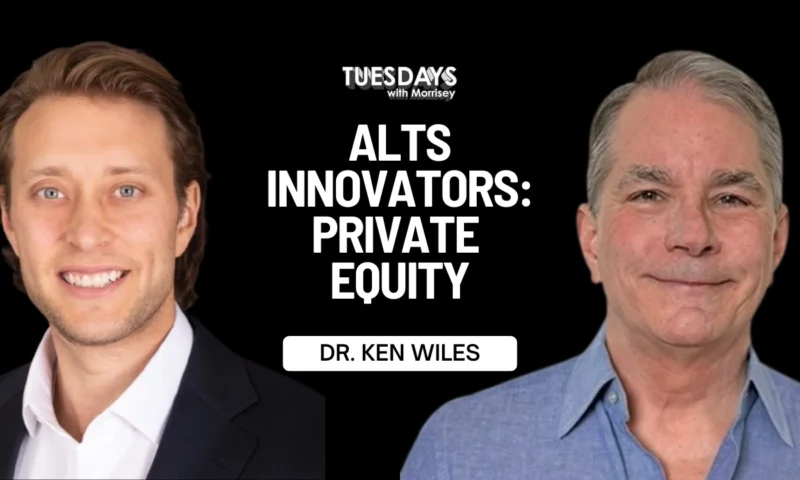Baltimore Bridge Collapse: A Wake-Up Call for Supply Chain Reforms and Investments in Critical Infrastructure
The recent collapse of the Baltimore Bridge has sparked a significant conversation about the vulnerabilities within our national supply chain infrastructure. Dr. Piyush Shah, Assistant Professor of Supply Chain Management at Florida Gulf Coast University, points to this event as a critical wake-up call, highlighting systemic weaknesses that demand immediate attention and action. This incident serves not only as a reminder of the fragility of our logistics networks but also as a catalyst for much-needed supply chain reforms and investments in infrastructure.
Why are catastrophic events like the Baltimore Bridge collapse crucial in prompting systemic change and investment in supply chain infrastructure?
In the latest episode of Experts Talk, Dr. Shah offers a comprehensive analysis, emphasizing the importance of recognizing and addressing gaps exposed by such incidents. His perspective sheds light on how disruptions can drive policy changes, business decisions, and public awareness towards strengthening our logistical frameworks.
Key insights from Dr. Shah’s analysis include:
- Recognition of Systemic Weaknesses: The collapse underscores existing vulnerabilities in the supply chain that require urgent attention.
- Mobilization of Stakeholders: Such incidents mobilize policymakers, businesses, and the public to advocate for and implement necessary changes.
- Opportunity for Policy Reform: Dr. Shah sees this as an opportunity to design better policies that enhance infrastructure resilience.
- Investment in Infrastructure: Emphasizes the need for increased investment in critical infrastructure to prevent future failures.
- Long-Term Benefits: Despite the immediate disruptions, there is potential for positive outcomes if the necessary actions are taken to improve efficiency and connectivity within the supply chain.
Dr. Shah’s insights highlight the silver lining of the Baltimore Bridge collapse as an impetus for supply chain reforms and robust investments, ultimately leading to a more reliable supply chain infrastructure.
Article written by MarketScale.









